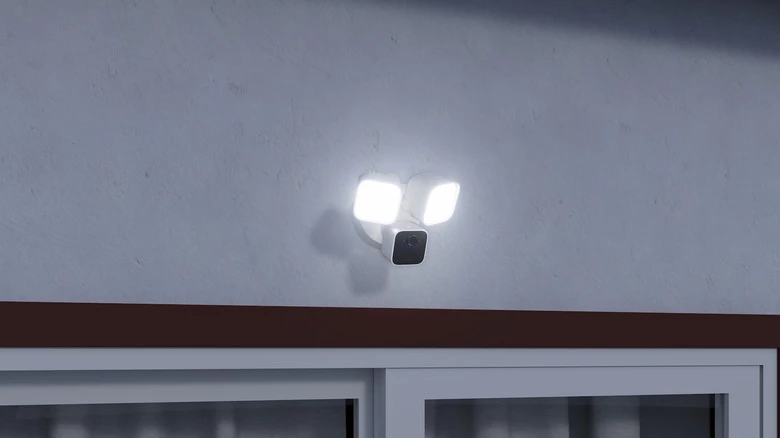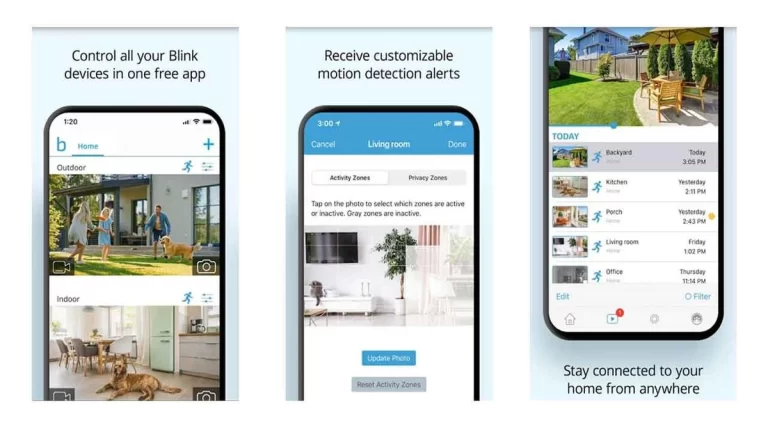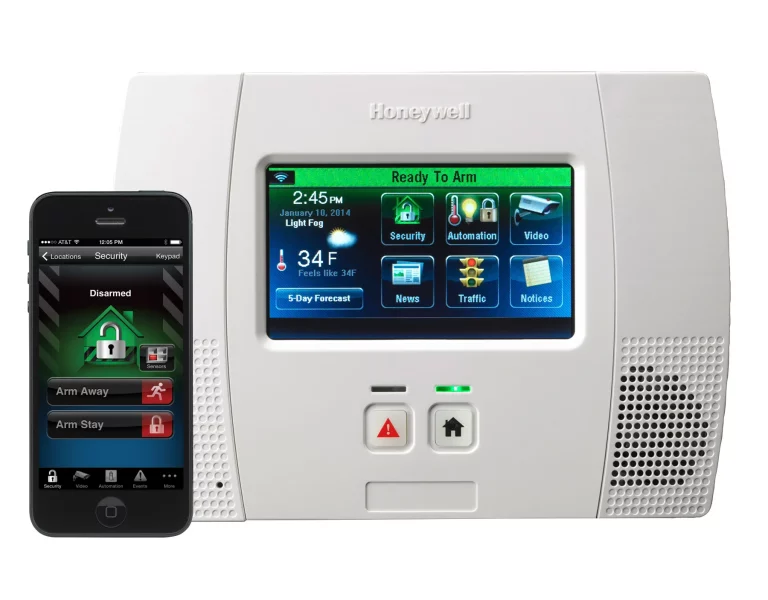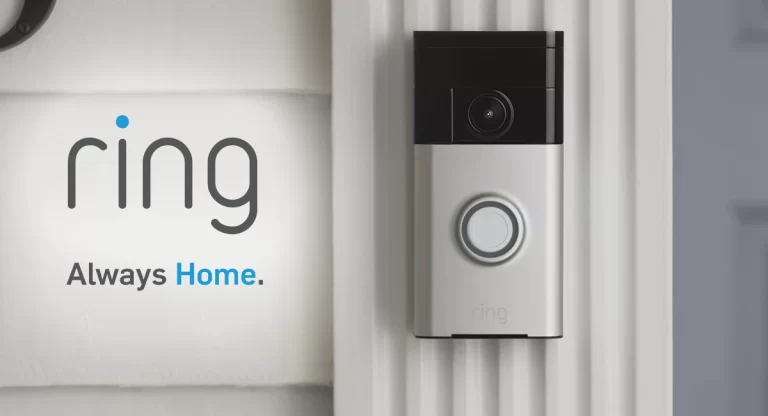How Far Can Blink Cameras Detect Night Vision?
How far can Blink cameras detect night vision? Blink cameras have become increasingly popular due to their ease of use, affordability, and reliable performance.
One of the key features that users often inquire about is the night vision capability of Blink cameras. In this article, we will provide you with all the information you need to know about this crucial aspect of these security cameras.

How Far Can Blink Cameras Detect Night Vision?
Blink cameras are equipped with infrared (IR) LEDs that enable them to capture clear footage even in low-light or complete darkness.
The range at which Blink cameras can detect night vision depends on various factors, including the model of the camera and the surrounding environment.
Generally, Blink cameras have a night vision range of up to 20 feet.
This means that within a distance of 20 feet from the camera, you can expect to capture detailed and well-lit footage, even in the absence of ambient light. Beyond this range, the clarity of the footage may gradually diminish.
It’s important to note that the night vision range can vary between different models of Blink cameras. Some models may have a shorter or longer range depending on their specific specifications.
Therefore, it is always recommended to refer to the product manual or specifications provided by Blink to determine the night vision capabilities of a particular camera model.
Factors Influencing Night Vision Range
Several factors can influence the night vision range of Blink cameras. Understanding these factors can help you optimize the performance of your camera and make informed decisions about its placement.
1. Ambient Light Conditions
The amount of ambient light in the environment plays a significant role in the night vision range of Blink cameras. In complete darkness, the infrared LEDs are the primary source of illumination.
However, if there are any nearby light sources, such as streetlights or porch lights, they can extend the effective range of night vision.
2. Obstacles and Obstructions
Obstacles and obstructions in the camera’s line of sight can affect the night vision range.
Walls, furniture, or any other physical objects between the camera and the area being monitored can block or scatter the infrared light, reducing the effective range.
It is important to consider the positioning and angle of the camera to minimize obstructions and maximize coverage.
3. Camera Placement
The placement of the Blink camera plays a crucial role in determining the night vision range.
Cameras positioned at a higher elevation or with an unobstructed view have a better chance of capturing clear footage at longer distances.
It is advisable to experiment with different camera positions to find the optimal placement for your specific needs.
FAQs About Blink Camera Night Vision
Here are some frequently asked questions about the night vision capabilities of Blink cameras:
1. How does night vision work in Blink cameras?
Blink cameras utilize infrared technology to enable night vision. The built-in infrared LEDs emit infrared light that is invisible to the human eye but is detected by the camera’s image sensor.
This allows the camera to capture clear footage in low-light or dark environments.
2. Can I adjust the night vision range of my Blink camera?
No, the night vision range of Blink cameras is predetermined and cannot be manually adjusted by the user.
However, by considering the factors mentioned earlier, such as camera placement and minimizing obstructions, you can optimize the night vision performance within the camera’s specified range.
3. Will the night vision range be the same for all Blink camera models?
No, the night vision range can vary between different models of Blink cameras. Some models may have a shorter or longer range depending on their specifications.
It is essential to consult the product manual or specifications provided by Blink to determine the night vision capabilities of a particular camera model.
4. Can Blink cameras capture color footage in night vision mode?
No, Blink cameras can only capture black-and-white footage in night vision mode.
The infrared light emitted by the camera’s LEDs is outside the visible light spectrum, which results in grayscale images or videos during nighttime recording.
5. What can I do to enhance the night vision performance of my Blink camera?
To enhance the night vision performance of your Blink camera, you can ensure that the camera is positioned correctly, minimizing obstructions and maximizing the camera’s field of view.
Additionally, you can consider installing additional lighting sources near the camera to provide supplementary illumination.
6. Are there any limitations to Blink camera night vision?
While Blink cameras offer impressive night vision capabilities, there are a few limitations to keep in mind. The night vision range may be affected by extreme weather conditions, such as heavy rain, snow, or fog.
Additionally, the presence of highly reflective surfaces, like glass windows, can cause glare and affect the clarity of the captured footage.
Conclusion
In conclusion, Blink cameras offer reliable night vision capabilities with a range of up to 20 feet, depending on the model and environmental factors.
Understanding the night vision range and the factors influencing it can help you optimize the performance of your Blink camera and ensure that you capture clear and detailed footage, even in low-light or dark conditions.
READ ALSO!!!






